What if I told you that another giant galaxy is on its way to collide with the Milky Way galaxy?
Well, according to a new study published in Nature, Andromeda our closest galactic neighbour is going to swallow our very own galaxy, the Milky Way in the next four billion years.
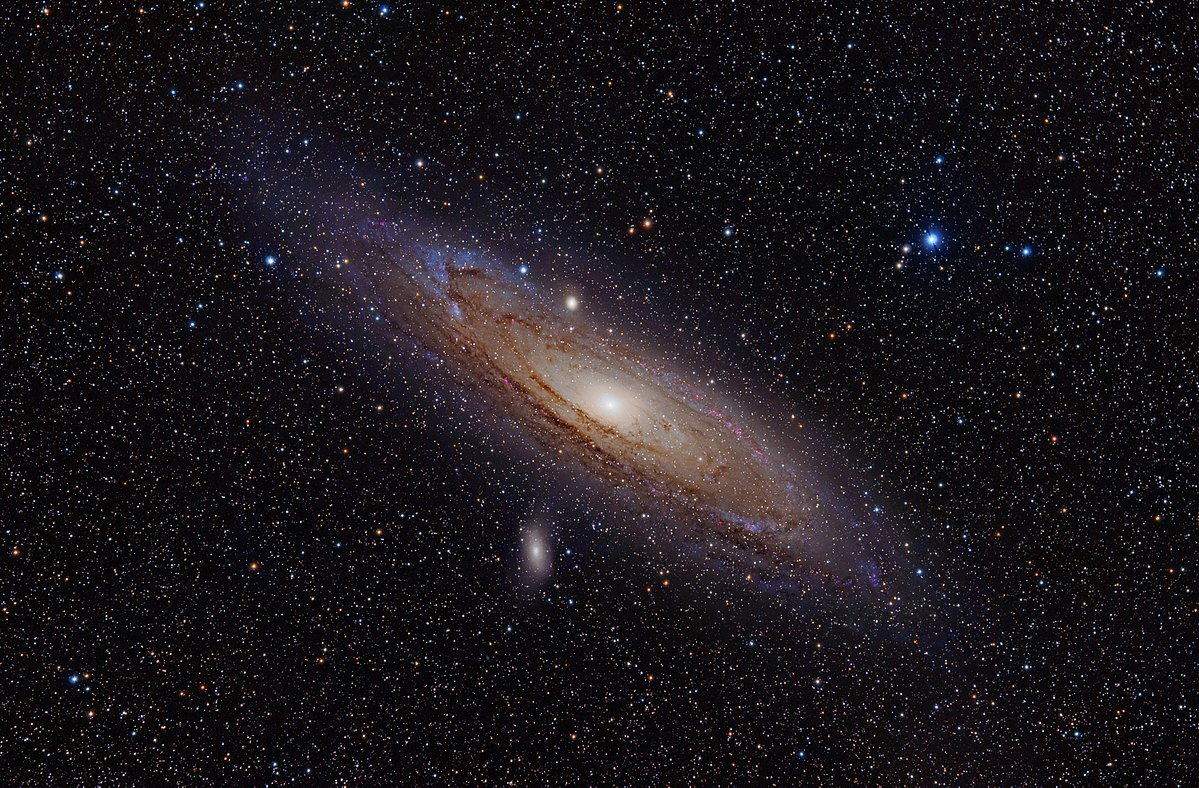
Experts say Andromeda, also known as Cannibal Galaxy has swallowed multiple smaller galaxies in over 10-billion-years and the Milky Way galaxy seems to be next on the list.
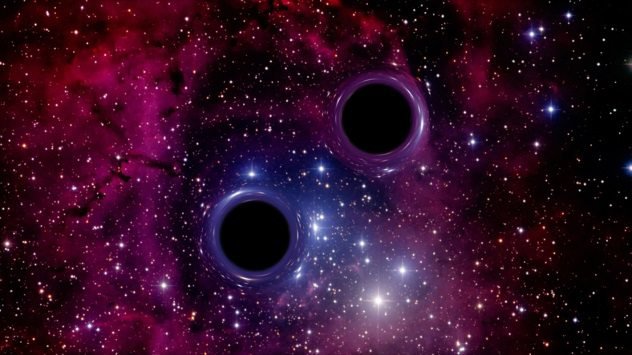
In order to have a better understanding of the impact that Andromeda can have on our galaxy scientists studied the complex gas halo surrounding the galaxy and also captured a panorama of Andromeda spanning hundreds of thousands of light years.
Dougal Mackey, a research fellow, astronomer at the Australian National University and a co-lead on this research said,
The results will offer an insight into the assembly history of our nearest large neighbour.
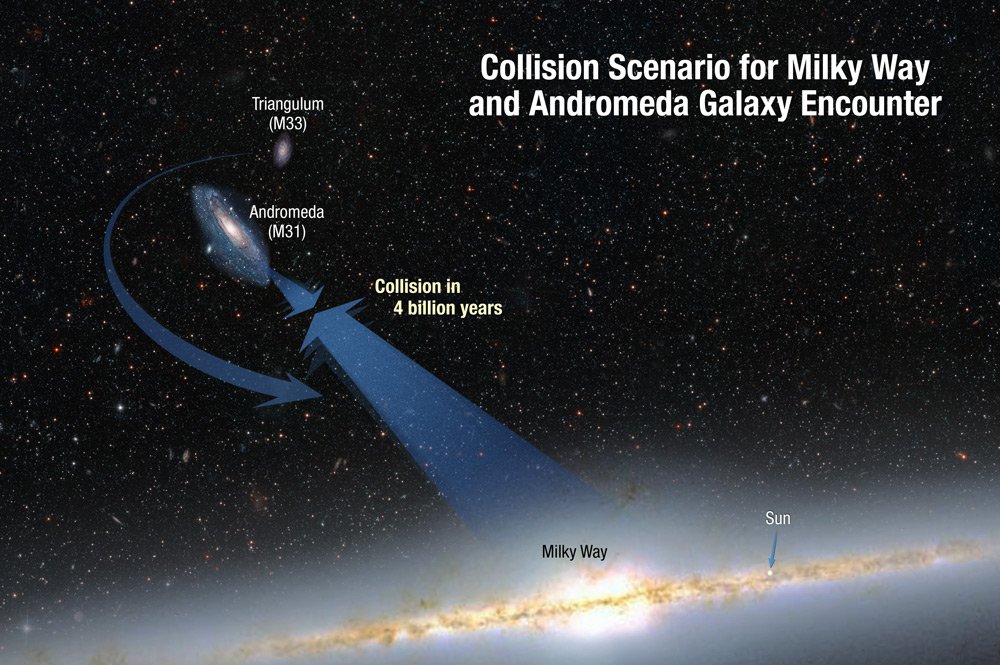
It was found that the cannibal galaxy had already undergone two major feeding episodes. One feeding episode occurred within the past few billion years and another occurred when it was still a young galaxy.
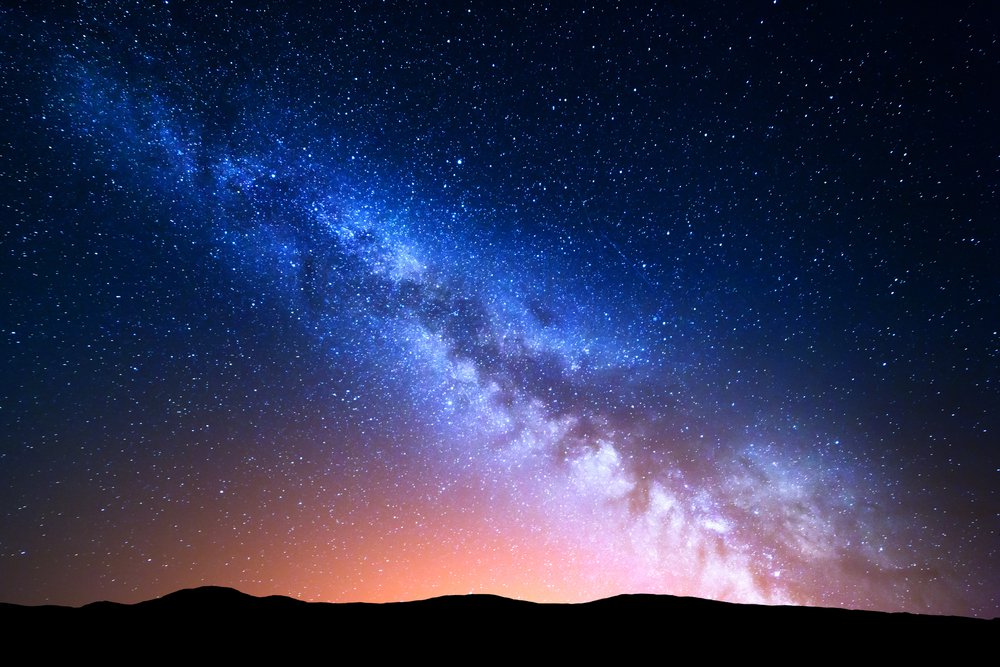
Mackey and his team studied the digested remnants of these galactic binges with the Pan-Andromeda Archaeological Survey (PAndAS) that focuses on reconstructing the origins, evolution, and current structure of Andromeda.
It was found that the collision is likely to be fatal for both the Milky Way and Andromeda.
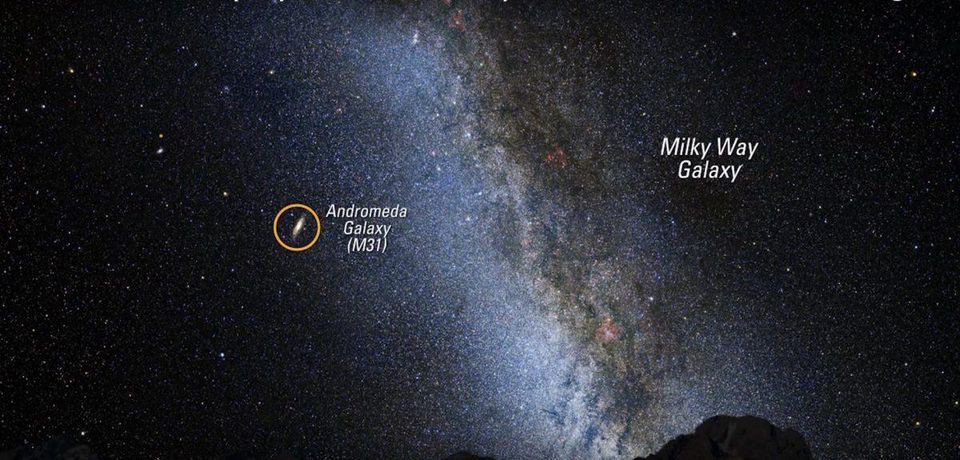
The Milky Way is also known as a galaxy eater but Andromeda seems more viscous and disruptive based on the past results.
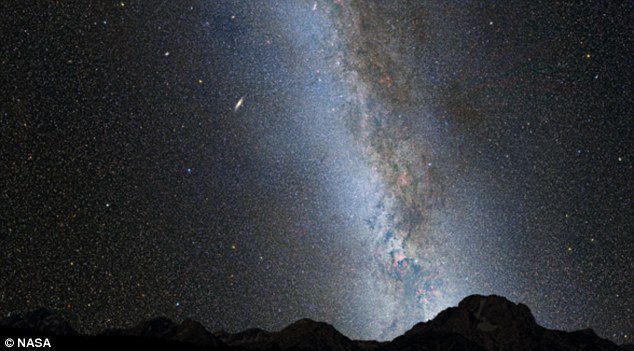
The team’s observations are consistent but more insights into its recent feeding events are needed to figure out what Andromeda was eating during the older binge, which may have occurred billions of years ago. Mackey said,
We can no longer see the streams left over from the destruction of whatever system or systems were destroyed. The stars are there but their spatial positions have long since spread out to form a relatively smooth overall distribution.
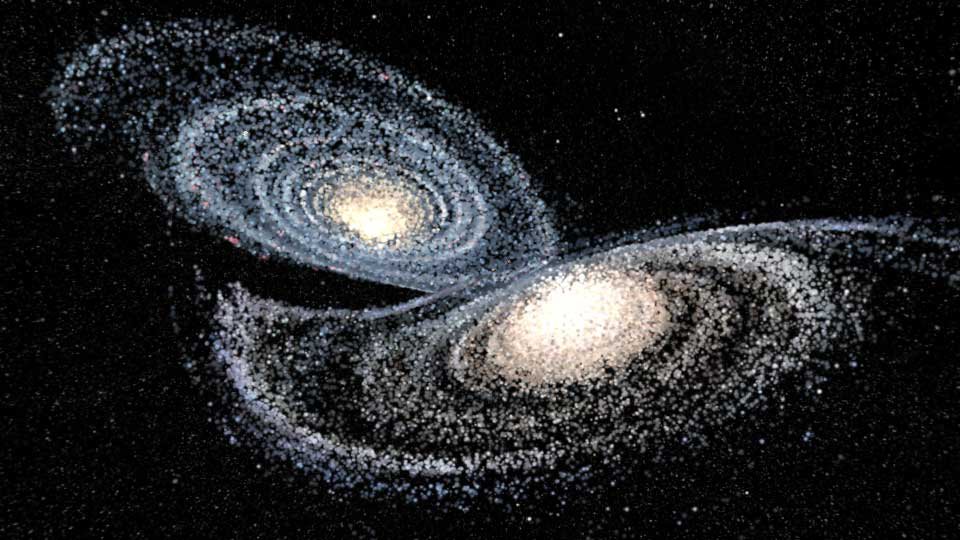
Scientists observed that the Milky Way and Andromeda roughly share the same mass which means, the collision might have very limited impact on individual star systems like our own so there is no need to dread the Milkdromeda era.
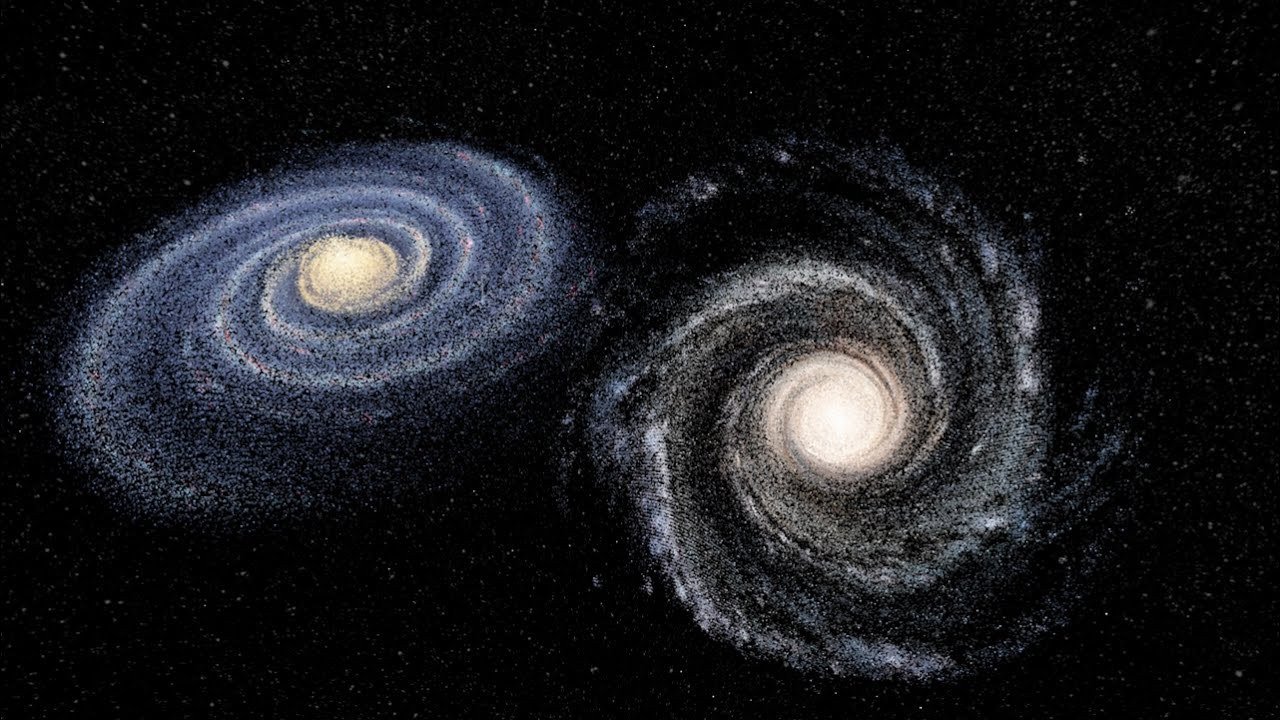
If life continues to exist on Earth after four billion years, future Earthlings will be treated with the most spectacular night skies in the planet’s history.
Top picks for you

















